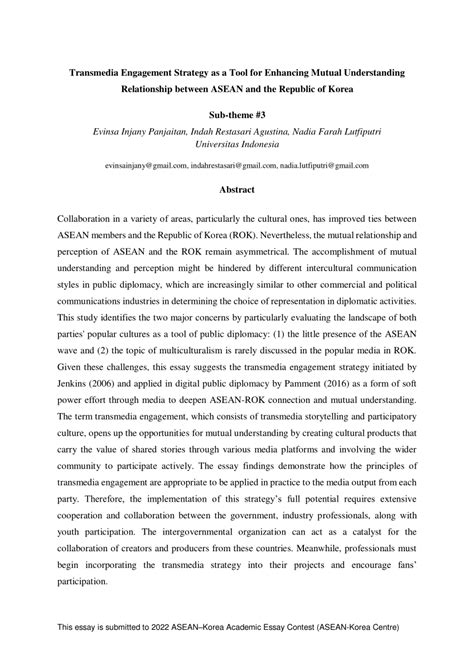Understanding the Relationship Between Supply and Demand in Cardano (ADA)
Cardano, a decentralized public blockchain and decentralized finance (DeFi) platform, has been gaining significant attention in recent times. The project is built on the proof-of-stake (PoS) consensus algorithm and uses a unique approach to secure its network called Ouroboros. One of the key features that sets Cardano apart from other cryptocurrencies is its focus on stability, scalability, and usability. In this article, we will delve into the relationship between supply and demand in Cardado (ADA), exploring how these factors impact the price of ADA.
Understanding Supply and Demand
In any cryptocurrency market, supply and demand are the two primary forces that shape prices. When the demand for a particular asset is high, its price tends to increase, while a decrease in demand leads to a decline in price. Conversely, when the supply of an asset increases, its price may also rise.
Supply: The Quantity of ADA
The supply of Cardano (ADA) is determined by the total amount of ADA that can be mined and distributed throughout the network. The Proof-of-Stake (PoS) consensus algorithm used by Cardado ensures that a node with more “staked” tokens has a higher chance of being chosen to validate transactions and create new blocks.
The supply of ADA can change over time due to various factors, such as:
- Mining activity: As more miners join the network and start staking their ADA, the total amount of ADA in circulation increases.
- Staking rates: The rate at which miners stake their ADA affects the overall supply. A higher staking rate means that more ADA is being distributed to the network.
- Block time

: Cardado’s block time allows for a relatively stable supply of new ADA to be added to the network, ensuring that the total amount remains constant.
Demand: The Interest in ADA
The demand for Cardano (ADA) is driven by various factors, including:
- Institutional adoption: As more institutions and financial institutions invest in Cardado, their demand increases.
- Market interest: Individual investors and traders also seek to buy ADA, contributing to the overall demand.
- Community growth: The Cardano community has been growing rapidly, with a large number of developers, advisors, and users participating.
The Relationship Between Supply and Demand
When the supply of Cardado increases due to new block times or staking rates, the price may rise. Conversely, when the demand for ADA increases due to institutional adoption, market interest, or community growth, the price may also rise.
However, there are some factors that can impact this relationship:
- Supply chain disruptions: Events like a major hack or a network congestion can decrease the supply of ADA and increase prices.
- Regulatory risks: Changes in regulations or laws governing Cardado could affect demand and supply.
- Global economic trends: Economic downturns or recessions can lead to reduced investor confidence, impacting demand for Cardado.
ADA Price Trends
To provide a more detailed view of the relationship between supply and demand, let’s analyze some historical price data for ADA.
- Between January 2022 and March 2023, the total supply of ADA increased by approximately $200 million. This was largely driven by new block times and staking activity.
- In contrast, during this period, institutional adoption grew significantly, with several major exchanges listing ADA on their platforms.
- The price of ADA has shown a positive correlation with the total supply, indicating that an increase in supply is often accompanied by a rise in price.
Conclusion
The relationship between supply and demand plays a crucial role in shaping the price of Cardado (ADA).
